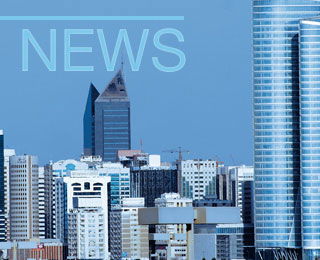InterCement’s total cement and clinker volume reached 20.1Mt in 2021, an increase of six per cent in comparison to 2020, while in 4Q21 volumes were at solid 5.1Mt, stable when compared to 4Q20. In Argentina cement industry remained on a strong pace during the quarter, with Loma Negra volumes up four per cent YoY.
Brazilian volumes, although declining by 3.7 per cent YoY, remained on a healthy level, backed by solid demand as result of strong backlog from housing sector and positive income effect from agribusiness benign dynamic, especially the midwest and southern regions.
In Africa, Egypt kept on reporting rising volume figures, expanding by 9.3 per cent YoY in the quarter, backed by the resumption of small-medium scale construction activities in addition to infrastructure projects that were paralysed during the pandemic, as well as helped by the production quota system in place in the cement industry since July.
In South Africa volumes increased five per cent YoY. On the other hand, Mozambique posted a 20.8 per cent drop on volume sold, as result of the new challenging competitive scenario after the entry of a new player in the southern region of the country in the 2Q21.
In 2021 sales totalled US$1.7bn, an expansion of 33 per cent versus 2020, backed by a healthy price trend in most of the regions throughout the year. During the quarter sales reached US$476m, an expansion of 38 per cent YoY.
In 2021 adjusted EBITDA totalled US$470m, up by 37 per cent in comparison to 2020, with margins at 27.7 per cent, an increase of 0.9 percentage points. compared to 2020. Costs pressure kept on rising, driven by global inflation, although partially offset by prices increases.
Net debt reached US$1298m, a decrease of five per cent when compared to December 2020. Deleverage trend remained in place, decreasing to 2.8x from 3.8x in the 4Q20.
Capex disbursement in 2021 was at US$162m, relatively stable with 2020. Meanwhile, in the 4Q21 it totalled US$57m, coming US$ 20m higher than 4Q20, being partly responded by the final payment to L’Amalí II supplier but also due to lower comparison base in 2020 given that capex was being held only to ESG investments at that time given the COVID-19 context.
